
Table of Contents
Key Takeaways:
-
Helium’s original aim was to build a decentralized wireless network for Internet of Things (IoT) devices. In its latest iteration, Helium aims to provide wireless network coverage to locations with poor Internet connection.
-
Mining HNT tokens requires Helium-specialized hardware called Helium hotspots.
-
Helium is currently operating on its own blockchain, but the community has voted to migrate to Solana
Helium made bigger splashes and more waves than a busy kiddie pool during the last bull run. And the company seemingly came out of left field for a lot of people. So you’d be surprised to learn that Helium has actually been around since 2013.
Sure, it wasn’t involved in blockchains just yet. But one can argue that its mission today has been fairly consistent throughout its many iterations.
And what is that mission?
To bring Internet of Things (IoT) connectivity everywhere. Unfortunately, the plan didn’t pan out, and they were running low on funds in 2017. And that’s when someone proposed incentivizing its Helium community with tokens.
Then came the switch to blockchains.
Almost 1 year post-launch, Helium claims to have hotspots sprawled across more than 1,000 cities in North America. The Helium project, rebranded as Nova Labs, has received $200 million in its latest funding round. Investors included Andreessen Horowitz and Tiger Global Management. (Previous funding rounds featured the likes of Multicoin Capital and Khosla Ventures. No small potatoes.)
Still, Helium has also been mired in its fair share of controversies. So where is the company now?
Below, we take a look at the good, as well as the not so good, to provide you with an accurate assessment of the state of Helium. Let’s take a deep breath, inhale, and have some fun reading this guide!
What is Helium (HNT)?
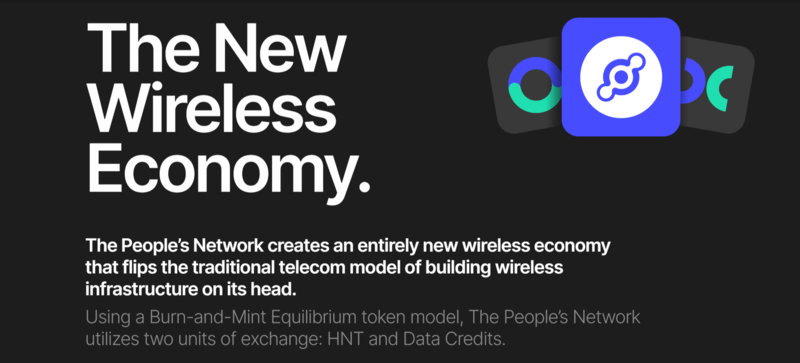
Source: Helium
Helium is a company that aims to build a decentralized wireless network for Internet of Things (IoT) devices. It was only recently that they incorporated blockchain technology. Although the company had built its own blockchain, it has since voted to migrate to Solana. (More on that in a later section.)
In its latest iteration, Helium Mobile aims to provide wireless network coverage to locations where Internet availability is spotty or unavailable. In its recent past, though, the company aimed to provide data packet transfer services for IoT devices.
How Does Helium Work?
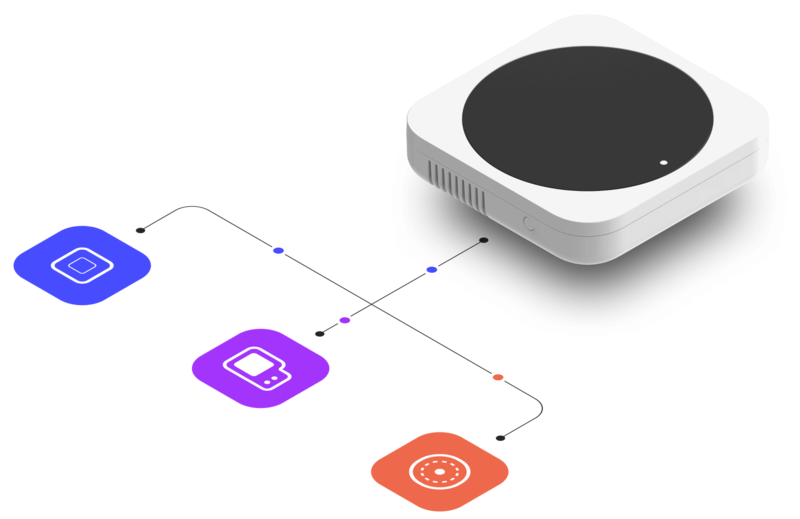
Source: Helium
Helium works by leaning on its community of node operators. These node operators run what are called hotspots. Hotspots are basically hardware miners that mine HNT tokens in exchange for helping secure the network. This consensus mechanism is called Proof-of-Coverage (PoC), which helps secure the Helium blockchain.
The mining equipment is based on LoraWAN, which is a cloud-based open-source protocol used for connecting IoT devices. Because of their ability for low power consumption, they’re ideal for IoT devices. And since LoraWAN uses radio frequency, the range is much longer than offered by WiFi. (It does sacrifice data packet sizes though.)
Here, we should take a moment to differentiate between Lora and LoraWAN. LoraWAN is everything that Lora offers, and more. The “more” includes a networking component, combined with additional data security and encryption. As you can probably tell, this technology has some amazing potential to change the world.
Now let’s take a look at Helium’s tokenomics.
Helium Tokenomics
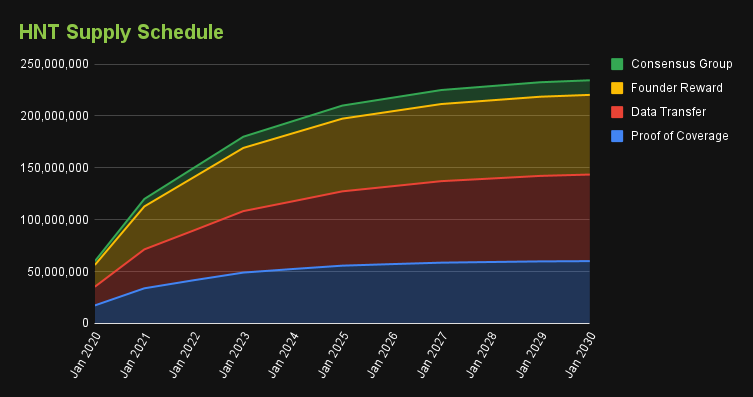
Source: CoinGecko
The total supply of the Helium token (HNT) is 223,000,000, with a circulating supply of 129,480,610 at the time of writing. Of the whole pie, 35% is allocated to the development and support of the hotspot infrastructure. Another 35% is reserved for Helium and its investors. The remaining 30% is to be allotted to support the costs of network data transfer.
The Helium issuance proposal recommends halving the net HNT issuance every 2 years after the genesis block. The first halving took place on August 1, 2021, and the net HNT issuance was reduced to 2.5 million HNT per month.
The split for HNT miners did not change from the proposed schedule. This condition leads to a theoretical maximum supply of 240 million HNT. But thanks to the slow block times in Year 1 post-genesis, fewer HNT were minted than the planned 60 million. This thus leads to a reduction of roughly 17 million HNT, thus leaving us with the true max supply of 223 million.
Now let’s look at the tokenomics surrounding HNT mining:
How much HNT a miner earns is dependent on the type of work they perform. Helium’s got an interesting design for its consensus mechanism. It’s called Proof-of-Coverage (PoC), and it works like this.
PoC secures the network by qualifying the type of mining you do. As mentioned, your rewards are dependent on how much value you accrue for the network (aka the type of work).
There are three types of work:
1. Challengee
2. Witness
3. Network data transfer
Of the three, work involving network data transfers pays out the most, with an allocation of 37.5%. Witnesses, who monitor and report on the PoC activity of other hotspots, receive 18.92% of the pie. The remainder (4.73%) is reserved for challengees. This work involves validating other hotspots’ wireless coverage.
Where Can You Trade Helium?
You can trade Helium on Gate.io, Bitget, and Binance US. However, Binance has removed and ceased trading on HNT/BTC and HNT/USDT.
In a statement to Forbes on the delisting of HNT, Binance stated that they conduct periodic reviews to “ensure that it [Binance] continues to meet a high level of standard. When a coin or token no longer meets this standard or there are changes in the industry, we conduct a more in-depth review and potentially delist it in order to protect our users.”
The exact details of why HNT was delisted wasn’t covered, with speculators suggesting it could be anything from an upcoming investigation from the SEC (Securities and Exchange Commission) to Binance’s threatened HNT liquidity after a mistaken classification caused the exchange to lose around $19 million.
What is the Helium Network Used For?

Source: Helium
Let’s talk about utility real quick. The Helium network’s use cases have been interesting experiments. Out of the myriad crypto projects out there, Helium seemed to offer actual utility—in real life!
Sure, miners can earn HNT by securing the network. But simply securing a network does not provide any actual utility. So where does the utility actually come from?
From facilitating the transfer of data packets. In theory, this would help companies that need to keep track of data for their devices. For instance, a company may be able to track e-scooter rentals throughout the city. (Lime was rumored to have tested out the Helium network specifically for this purpose.)
Recently, Helium seems to have shifted from this approach. The project is now focusing on bringing Internet connectivity to areas with little to no access to the Internet. We’ll take a closer look at this toward the end of our guide.
But for now, let’s take a look at how to mine HNT tokens.
How to Mine Helium
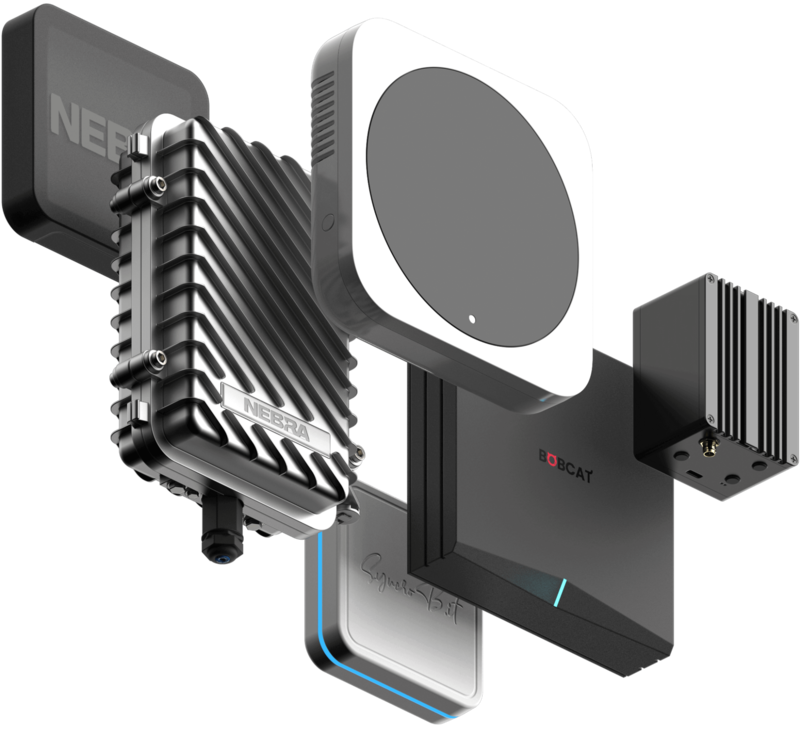
Source: Helium
To start mining Helium, you need Helium-specialized hardware called Helium hotspots. You can purchase one from several of the official third-party suppliers.
Nearly a year ago, when I was looking to pick up a few hotspots, there was a long waiting period of up to several months. Now that we’re in a bear market, waiting times have shrunk considerably. For instance, the Bobcat Miner ships within 1 week.
Being a hotspot owner isn’t easy these days, but we invest in the future, right? If you think Helium’s got potential, then using Helium hotspots to mine tokens is actually one of the easiest ways to get set up and running.
Simply visit this link on the official Helium website, where you’re presented with a long list of hotspots. The list can get overwhelming, so when I was considering purchasing a few miners, I looked at the Bobcat Miner 300. (By the way, any mention of the Bobcat Miner throughout this article is in no way meant to be interpreted as an endorsement or recommendation.)
Keep in mind that these miners are region-specific, so you’ve got to pick your region, or the one closest to you. This is due to the available radio frequencies in each location.
How Much Does a Helium Miner Make?

Source: Helium
How much can you actually make as a Helium miner? The answer: It depends on several factors, the first of which is timing. When did you buy in? As with any nascent industry, the best time to get in was yesterday.
Second, unfortunately a major factor, is based on a Forbes investigative report. The report indicated that within 6 months, “more than a quarter of all HNT had been mined by insiders.”
Third, how many hotspots do you have, and where are they situated? One issue Helium faced was with what they call “closet clusters”, which are created to cheat the system.
To secure more rewards for themselves, these cheaters would purchase numerous miners. Then, they’d switch up their locations to make it look like the miners were spread across a large area, when, in actuality, they all sat in a single location.
By the way, the ROI for mining is currently a net negative across the board, and sad Hotspot owners are unfortunately not the exception.
Setting up a Helium Wallet
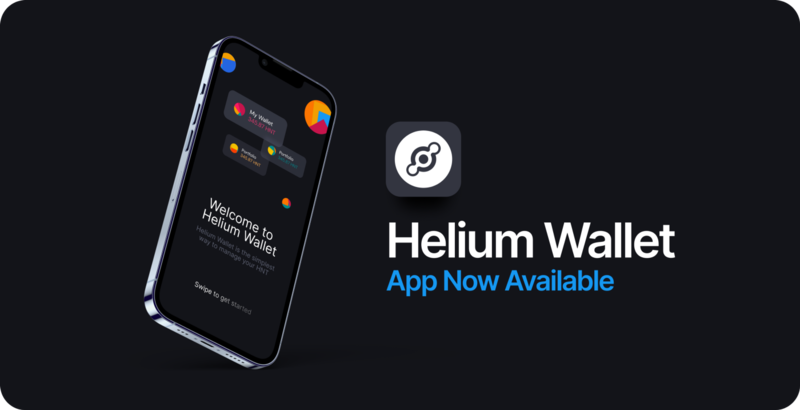
Source: Helium
In this section, let’s quickly go over how to get you set up with a Helium Wallet.
How to Get a Helium Wallet
1. Open the App Store on your iOS device and search for “Helium Hotspot”. (That’s the Google Play Store for you Android heads!)
2. Once you download the app, open it.
3. Create an account and secure it by generating your 12-word seed phrase.
4. Write down all 12 words in a safe place. (We strongly recommend that you write it down somewhere for safekeeping offline. This isn’t the time to take screenshots. Write it down in your journal.)
5. Once you’ve done so, click on “I have written these down”. (And don’t lie. Because the next step will check that you did note these words down.)
6. Once prompted, confirm your words by inputting them in the correct sequence.
7. Set and repeat your pin code.
Once the interface pops up, you’ll notice that it’s asking if you’re a miner or a validator. Don’t worry. You can safely ignore this prompt. Instead, once you’re inside, you’ll find four tabs at the bottom of your screen. The second one from the left is your wallet.
Voilà! Now you can send and receive HNT tokens.
What Wallet Supports Helium

Source: Helium
Currently, the main wallet supporting HNT is the Helium Hotspot App. That’s why we showed you how to get yours set up in the previous section.
By the way, this wallet won’t be available during Helium’s migration to Solana. But upon successful migration, the Helium Hotspot wallet will be available once more. All you’ve got to do to access your sweet digital assets is to update your wallet. Afterward, you’ll be able to view your newly migrated assets on Solana.
And you won’t be limited to the Helium wallet app either. Once on Solana, the chain’s most popular wallets like Phantom and Solflare will support HNT.
Can HNT be Added to MetaMask?
As Helium is not EVM-compatible, you won’t be able to send HNT to non-custodial networks like MetaMask.
Before we close, let’s take a look at Helium’s Solana migration, as well as its new direction.
Helium’s Solana Migration
The move to Solana wasn’t a unilateral action taken by the company. Instead, the Helium community voted overwhelmingly (80%+) to migrate Helium from its own blockchain to Solana (!). The Helium blockchain itself will remain publicly accessible.
Scott Sigel, CEO of the Helium Foundation, offered some insight behind the move. “Moving to the Solana blockchain allows us to focus our efforts on scaling the network as opposed to managing the blockchain itself.”
This is a fair take. After all, Helium also outsources the production of its miners to third parties. That way, they can focus on scaling the network.
But why Solana? Why not another blockchain?
It turns out that the private keys to Helium’s wallets are compatible with Solana. The other main reason the team chose Solana? Its unparalleled speed, which would help them scale much faster than, say, Ethereum.
Helium Mobile: Act II?

Source: Helium
Although many are calling Helium’s most recent shift to focusing on 5G network connectivity as “Act II”, I like to think of it more as the third or fourth act. After all, Helium has undergone several iterations, with many highs and embattled lows.
With its new 5G network, for which it’s partnered with T-Mobile, Helium is assuming a role as a mobile virtual network operator (MVNO). By the way, Helium is introducing a new token for its 5G miners: the MOBILE token. The token should be more profitable compared to HNT, but project viability remains to be seen.
The MOBILE token is an optional reward, though. You can opt into Helium Mobile should you choose to provide anonymized data on your network usage. You already give your data up for free in web2. So why not get paid for it?
Regardless of project viability at present, we’ve got a couple things we’ve got to acknowledge when it comes to Helium. Their ability to pivot during hard times has demonstrated remarkable resilience. Moreover, they’re adventurers who aim to bring actual value to the real world by building on blockchain technology.
After all, isn’t that what we’re here for?
